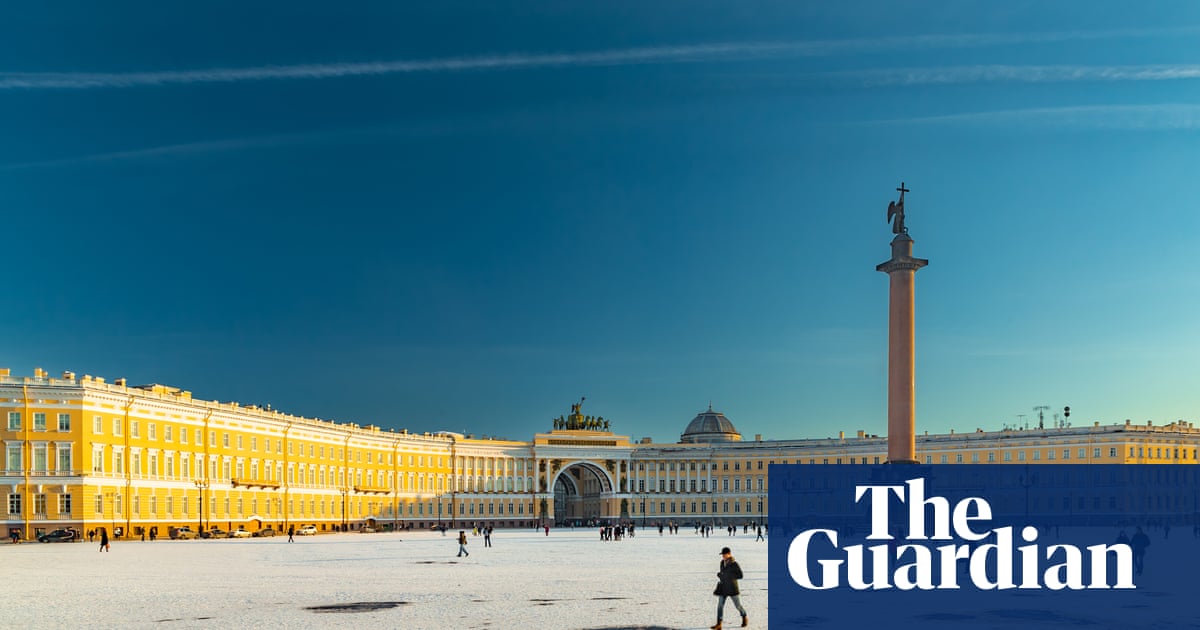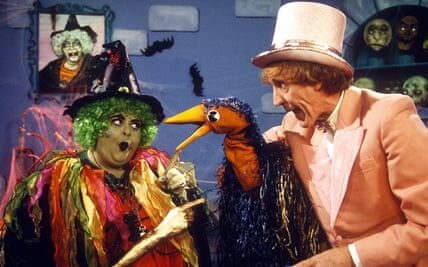
T
This is the 12th book by Robert Service that discusses the Russian Revolution in some way. He has previously written a biography on Stalin, Trotsky, and Lenin, a trilogy on the last, two surveys on modern Russia, a book on the last tsar and the Bolsheviks, and a general book for students. Despite having enough material to easily write another history book, he is too skilled to simply churn out a generic narrative. Instead, this book is the result of a lifetime of research and contemplation, covering various topics such as local and global politics, art and culture, the upper class and the lives of ordinary people. If he had chosen to include Stalin’s consolidation of power instead of ending the story with Lenin’s death, he could have claimed to have written the definitive account of the revolution.
Over time, Service has gained a reputation for being extremely fair and unbiased, almost to the point of arrogance. This has its pros and cons. On one hand, he lacks the creative storytelling found in Isaac Deutscher’s biography of Trotsky. However, Service is known for his anti-hagiography approach. He diligently records events without much flair. On the positive side, he does not romanticize the revolution like Orlando Figes does. But why write another history of the revolution? Service’s reasoning is to provide a perspective from those who were directly affected. To do so, he has gathered information from various diaries. However, these accounts can be quite predictable. For instance, one man is appalled by the chaos caused by the Bolsheviks, but it could be due to the nationalization of his property. Likewise, a British nurse complains about the loss of domestic servants. And a conservative farmer views the Bolsheviks as a disgusting party.
The main attraction of this text is not the perspective from the bottom, but the intense and politically charged drama. About a third of the story focuses on the end of the tsarist era, another third on the time between the February and October revolutions, and the final portion on the resulting civil war. It is uncommon to devote so much attention to the time in between revolutions, but for Service’s intentions it is appropriate. The goal here is clearly to redeem the provisional government, which was considered “bourgeois,” that came before the Bolshevik takeover.
Before delving into that topic, we are presented with a reenactment of Russia during the rule of the Romanovs. According to Service, Russia was not a society in need of revolution on the brink of the first world war. Despite Nicholas II’s lack of liberal beliefs, reforms were already underway. The ruler had faith in The Protocols of the Elders of Zion, a book often used by anti-Semitic individuals, and his chief modernizer was known for his ruthlessness, earning him the nickname “Stolypin’s necktie.” Additionally, there was an increase in food consumption and the construction of more railway lines. The welfare state was overseen by the dumas and zemstvos. Contrary to popular belief, Tsarist Russia was not a repressive police state; “liberal Britain” had seven times more policemen per capita. Furthermore, a significant amount of land had been redistributed to peasants after the failed revolution of 1905. However, everything changed when Nicholas made the mistake of coveting Constantinople and blindly involving his empire in the Great War. Almost half of men under 43 were drafted to fight against Germans and lice, resulting in a high number of casualties. The tsar’s actions also caused animosity in the borderlands, with pogroms targeting Kazakhs, Kyrgyz, and Jews. Martial law further alienated civilian governors in cities who were forced to take a backseat to the military. The tsar’s associates, including the narcoleptic Boris Stürmer and Rasputin, did not inspire confidence either.
In February 1917, the tsar faced a diverse alliance of military leaders, republicans, and constitutional monarchists. The final blow came from factory workers protesting in Petrograd.
After the fall of the Romanov dynasty, the provisional government took control in a relatively organized manner. The February revolution resulted in minimal casualties, with only 1,500 deaths – a stark contrast to the bloodshed seen during Soviet rule. However, the October revolution would prove to be more violent. Trotsky famously declared that heads must roll, referencing the French Revolution’s use of the guillotine to eliminate enemies of the people.
The hero of Blood on the Snow is Alexander Kerensky, leader of the provisional government and a member of the Socialist Revolutionary party. Service, like teenage Ayn Rand, may not have posters of him on his bedroom walls. However, Service praises Kerensky for saving the provisional government from being discredited in history. He also highlights the government’s achievements, such as granting women the right to vote, protecting free speech, allowing strikes, and promoting Jewish freedom of movement. Despite facing challenges like the devaluation of currency and disrupted supply chains, the government managed to accomplish half of its goals before the Bolsheviks took over.
However, according to Service, Kerensky had a weakness: “his reluctance to use violence.” He did not point his rifle at his opponents, but he did hold onto the war goals of the tsar. To the average Russian, he seemed like a warmonger who was indebted to the allies. Kerensky had his motives – Russia desperately needed the loans from JP Morgan and others, with the condition of continued fighting. However, soldiers, peasants, and workers saw this as accepting blood money. Ultimately, Kerensky was unsuccessful in delivering the three fundamental promises that the Bolsheviks offered: “peace, land, and bread.”
Lenin’s declaration of “All power to the Soviets” was logical given the circumstances. However, when it was put into action in October, it quickly became synonymous with “all power to the Bolsheviks” and the exclusion of other leftist parties. Service argues that the Soviet program always had a tension between centralized authoritarianism and mass democracy, and with the civil war and British involvement, the former eventually prevailed. By 1922, democracy was extinguished and the troublesome peasants and workers were put in their place. Two years later, Lenin passed away and Stalin took over the authoritarian project.
Skip over the advertisement for the newsletter.
after newsletter promotion
The service concludes with a sense of disappointment. The author makes it clear that communism has come to an end, despite any beliefs to the contrary. To find a more uplifting ending, one must look outside of this context. As noted by Eric Hobsbawm, the Russian Revolution had a significant impact on the lives of a large portion of the world’s population, whether for better or for worse. I believe it affected even more people, around two-thirds. The presence of the Bolsheviks caused fear among western governments, leading to the establishment of welfare states within the Atlantic alliance. It is not a coincidence that our own welfare state was created during the time of communism. In a way, we have their revolution to thank for our NHS.
Source: theguardian.com


